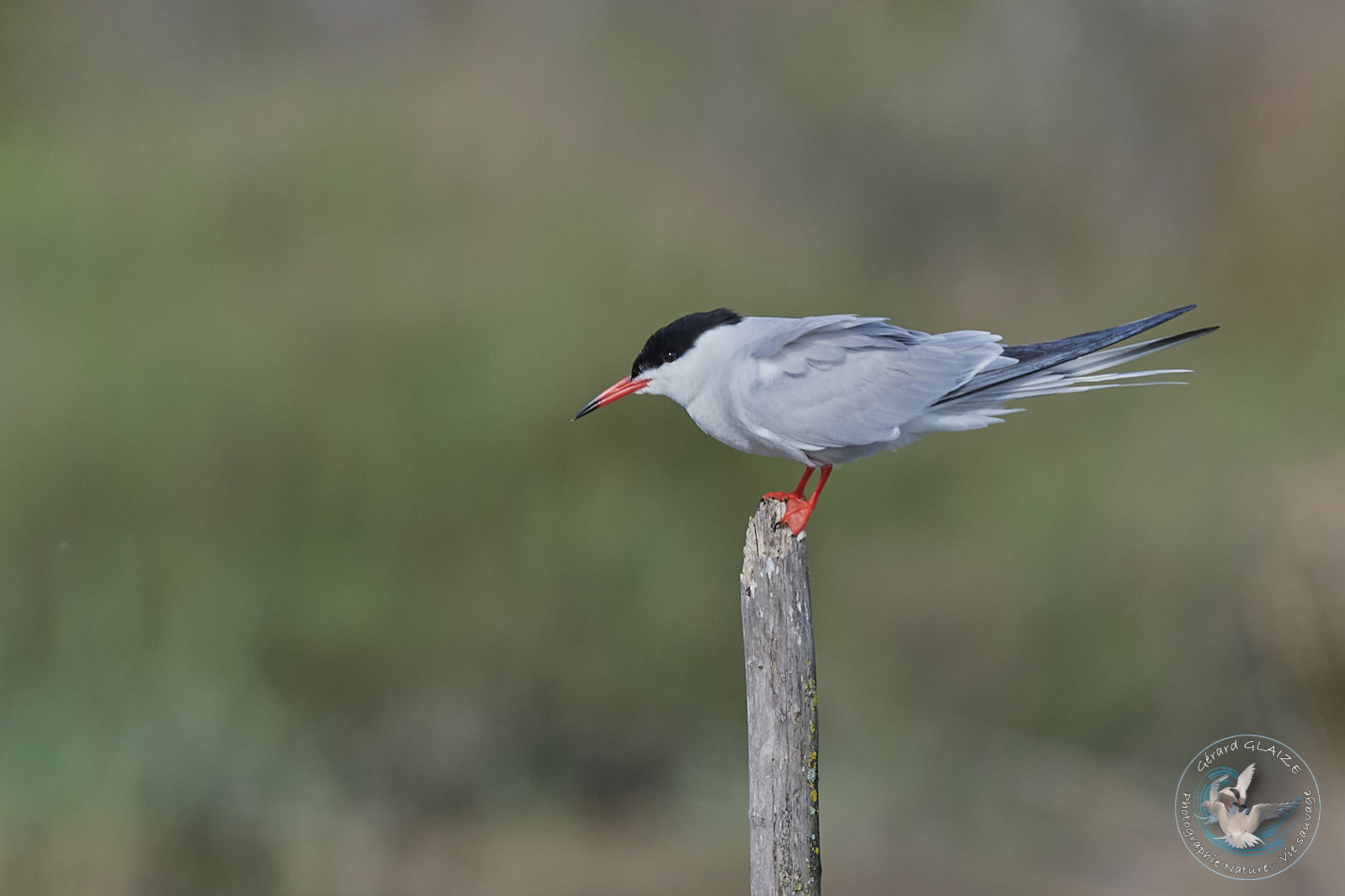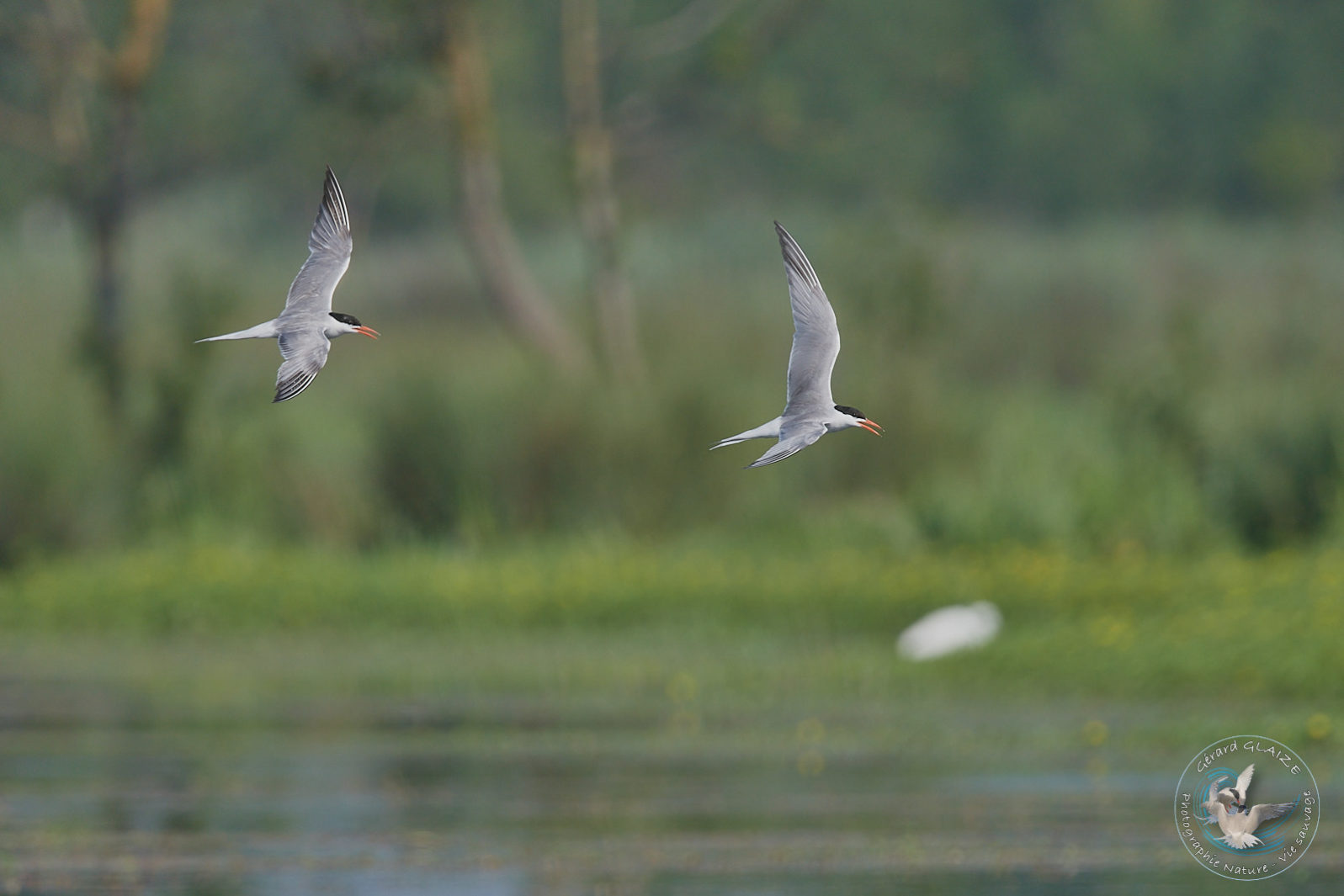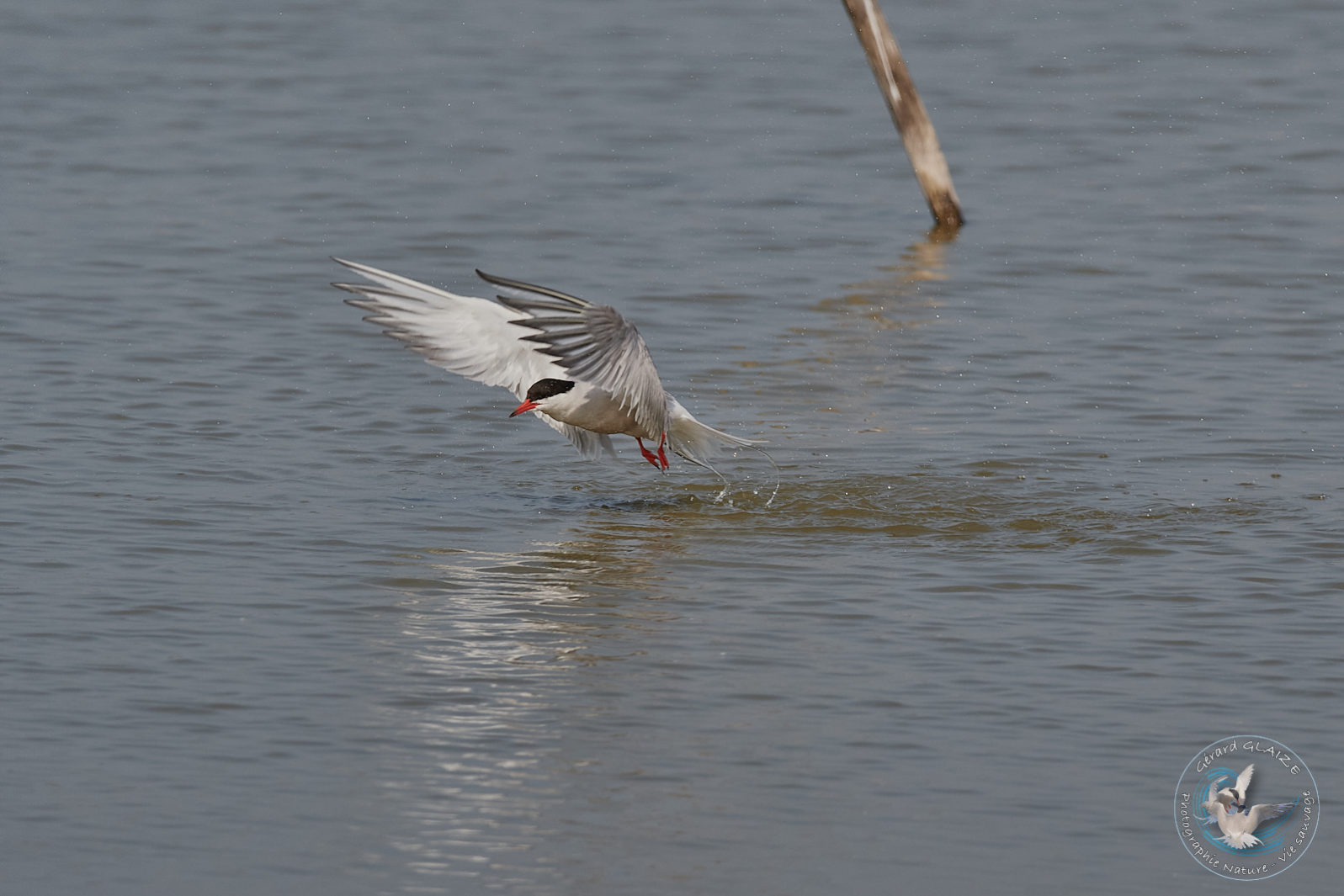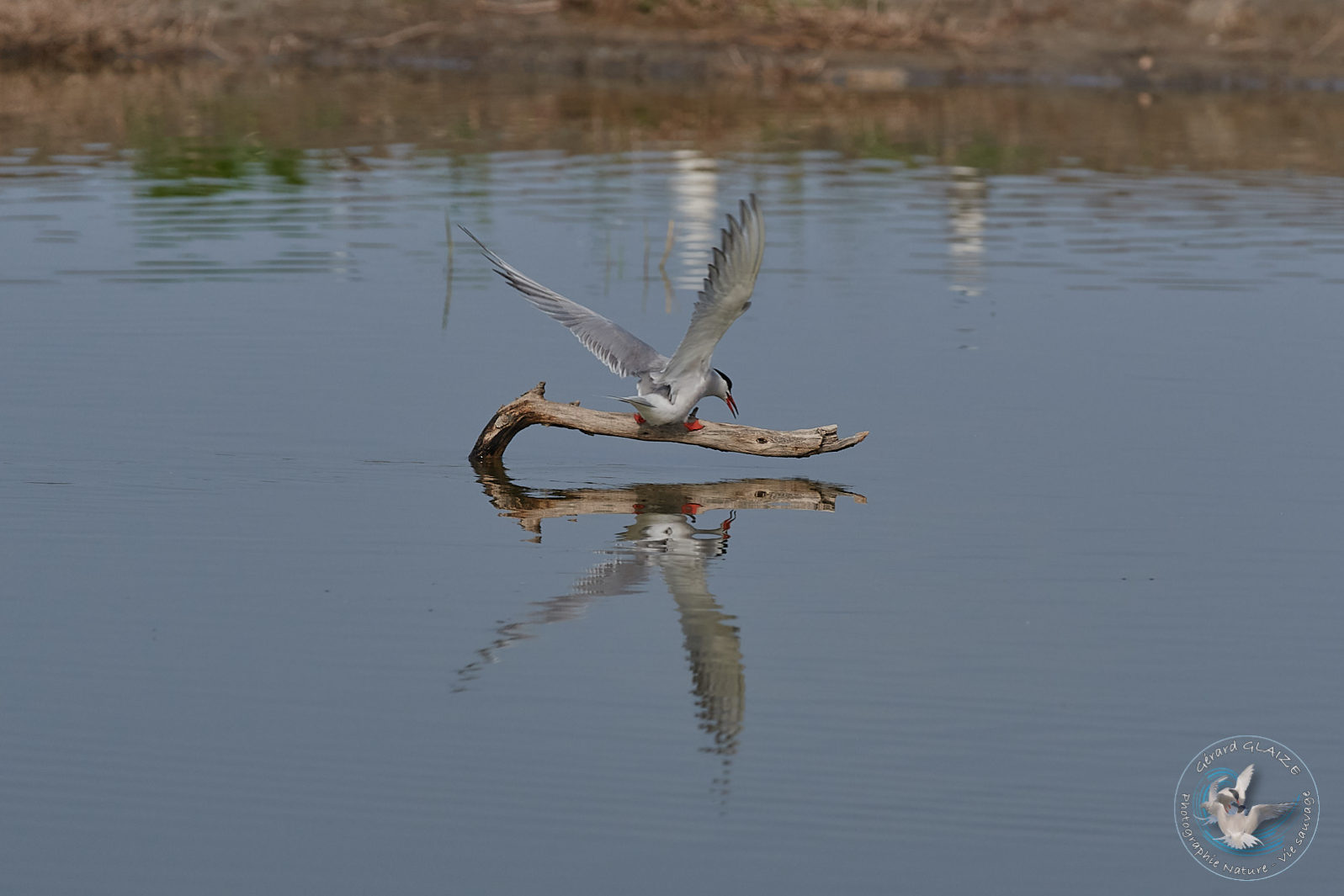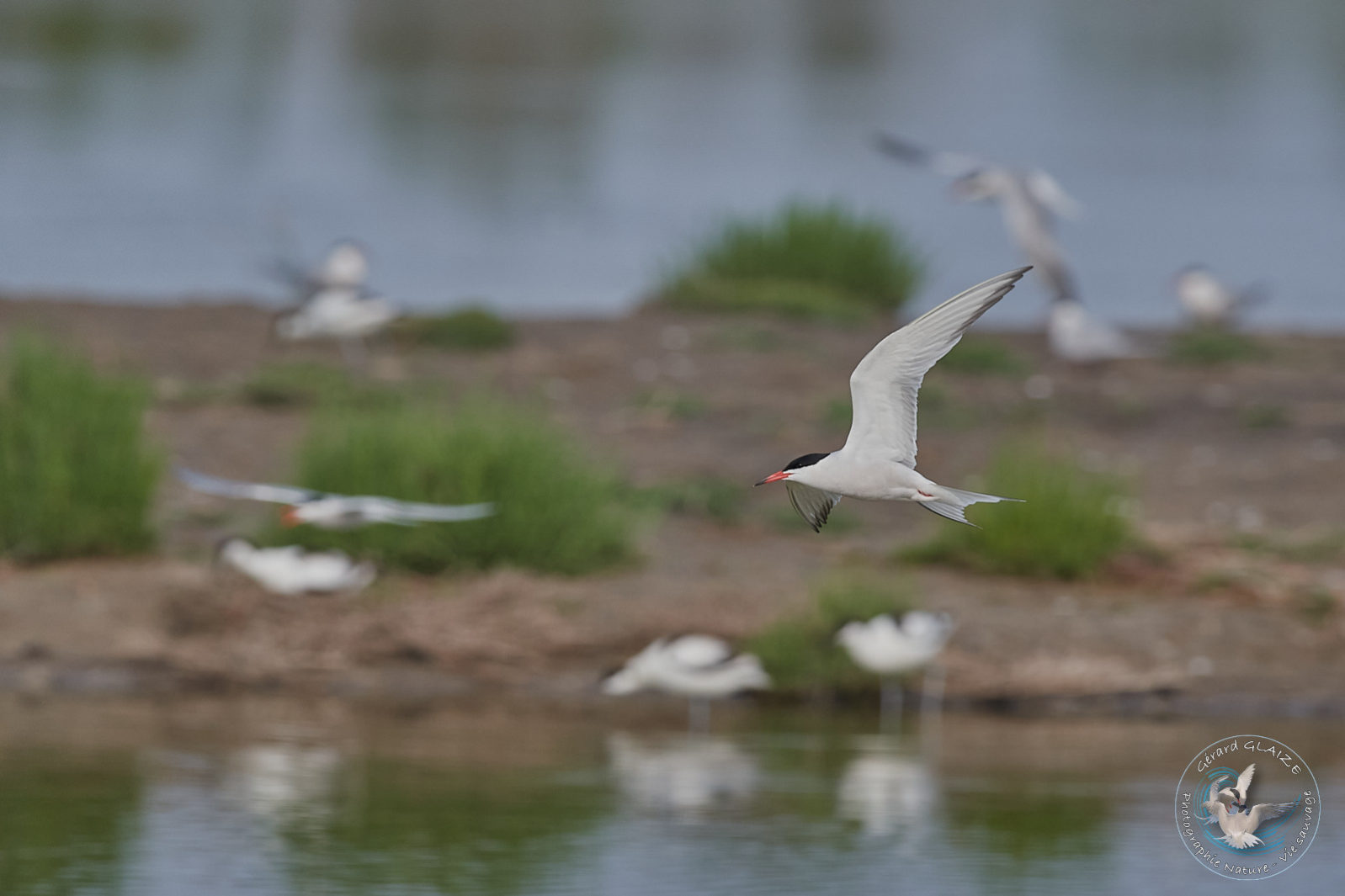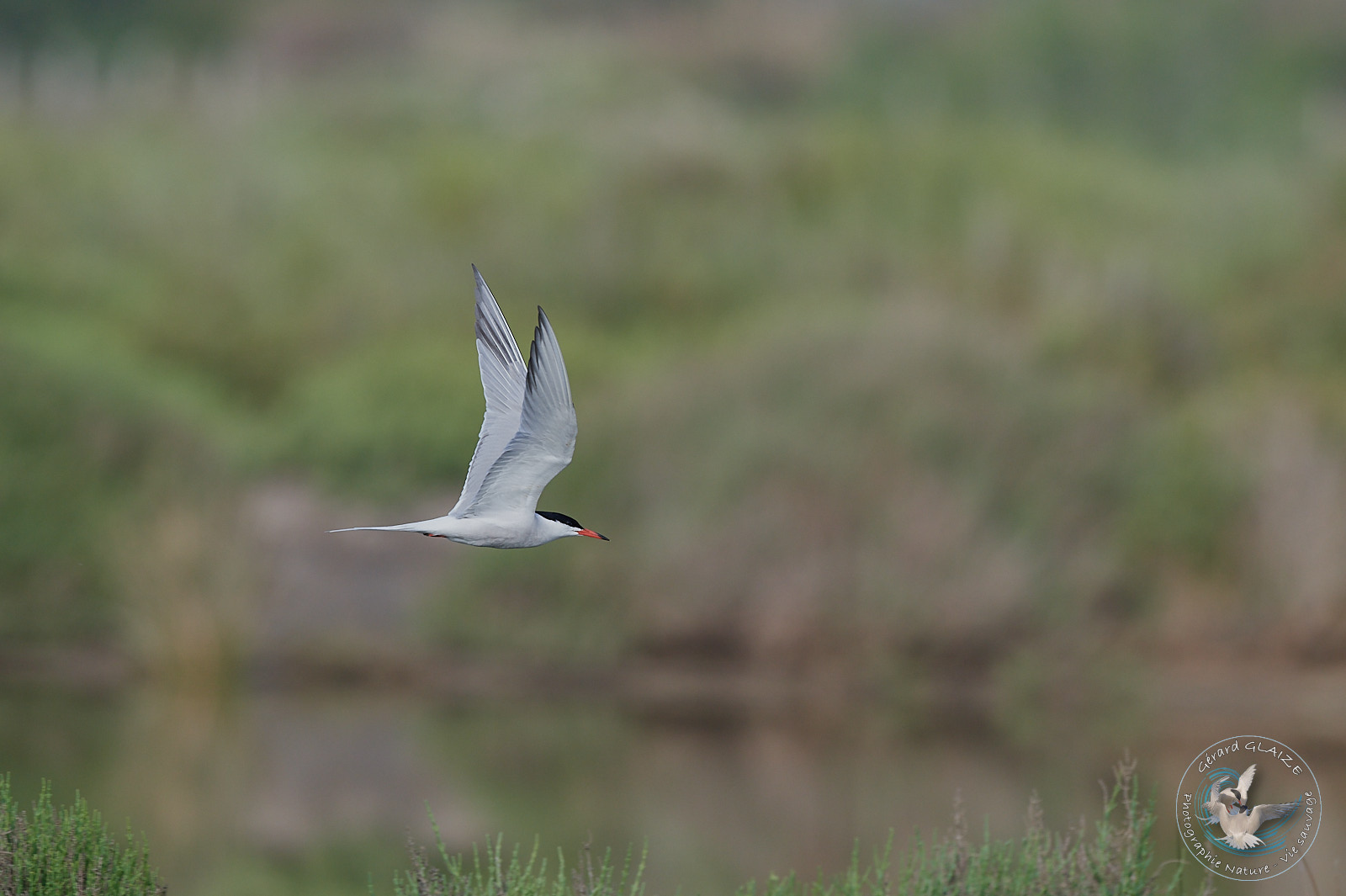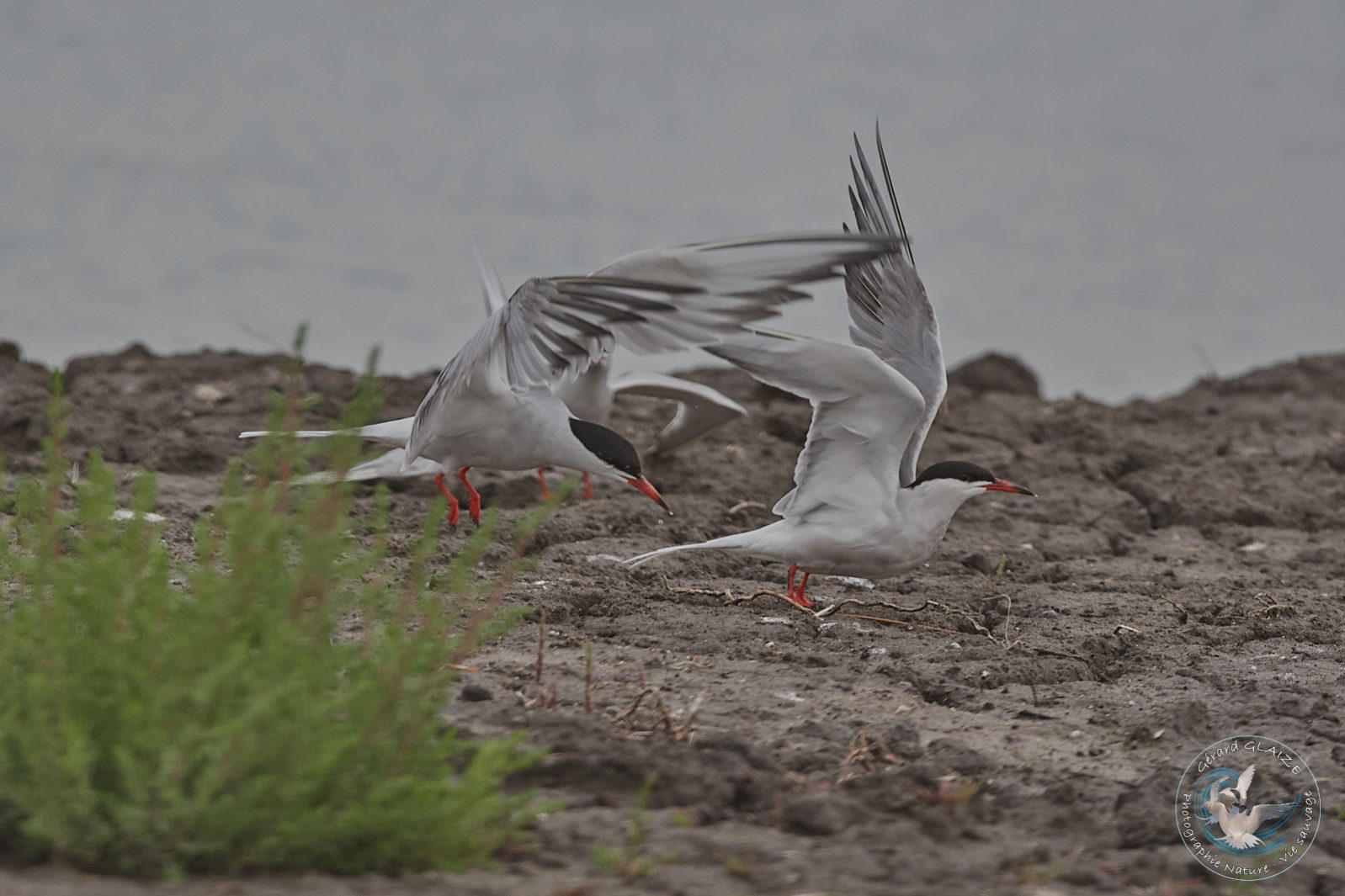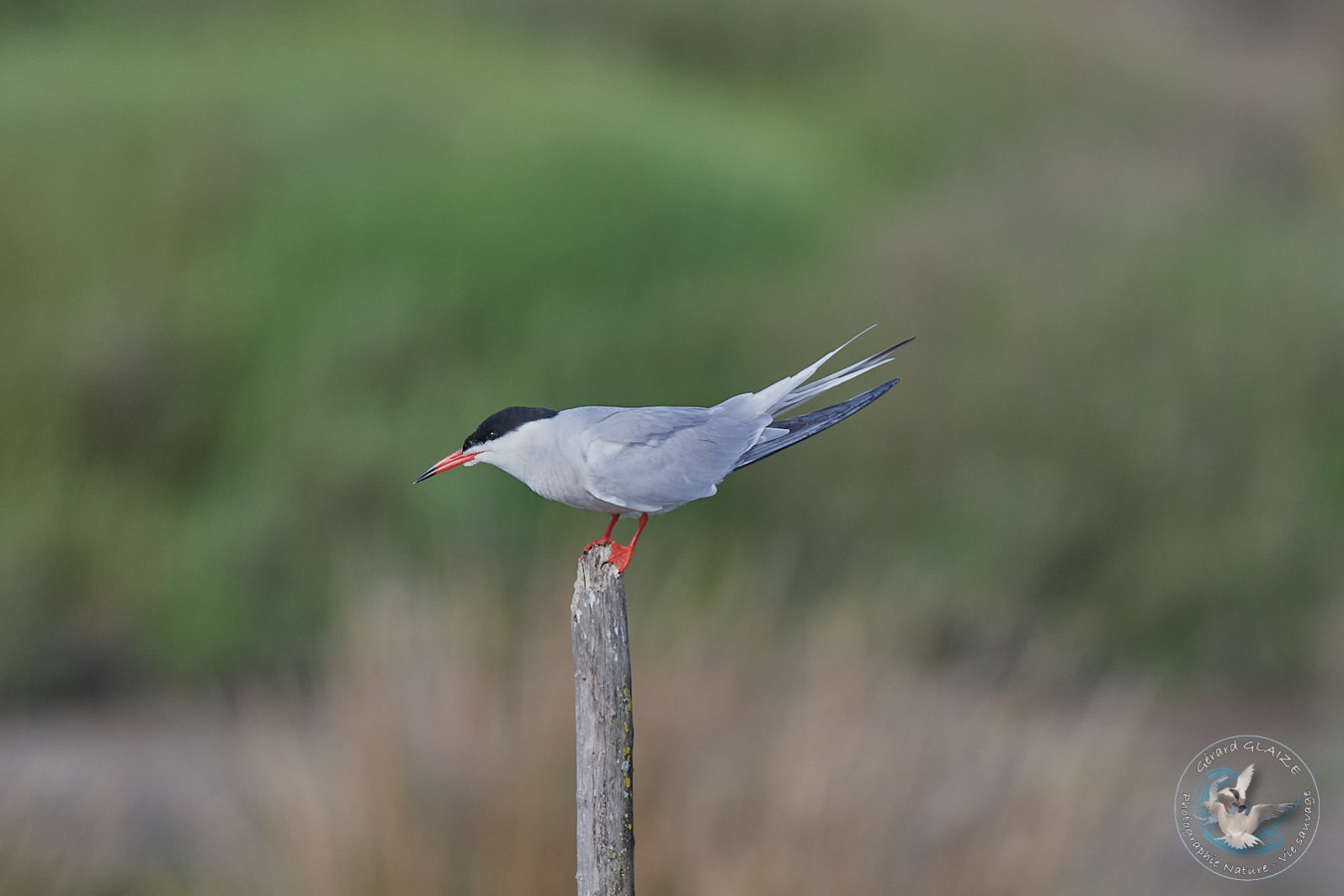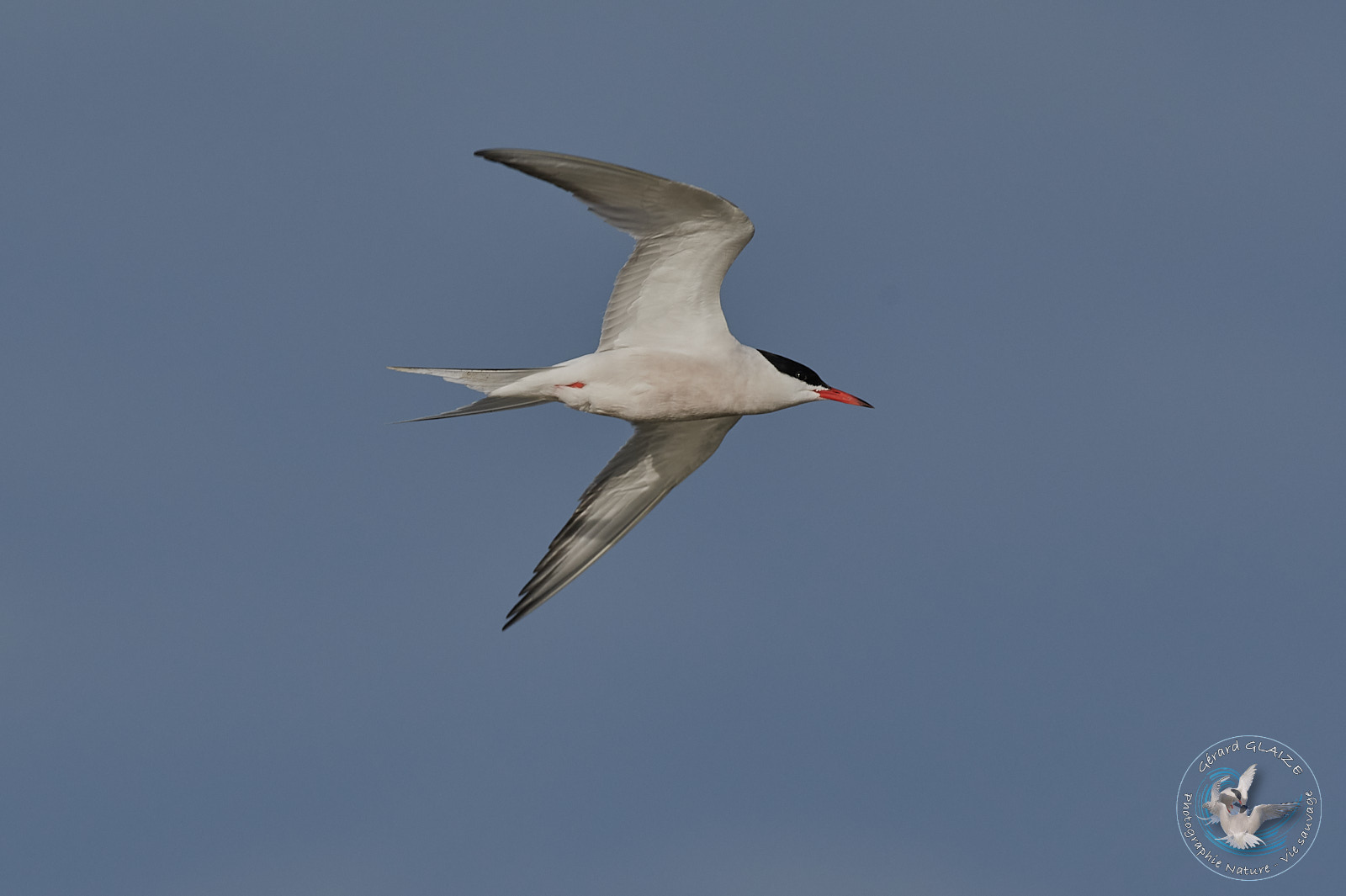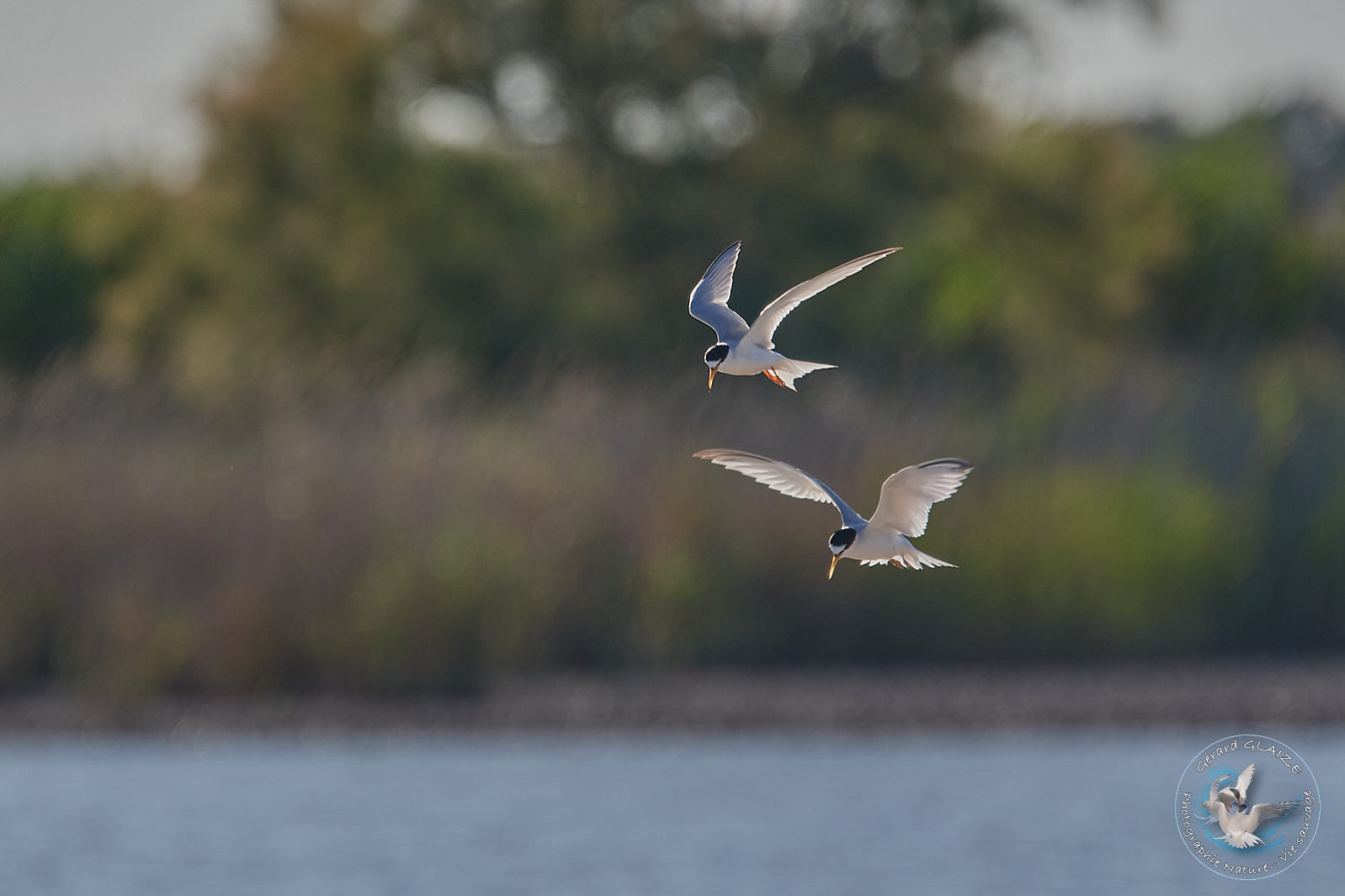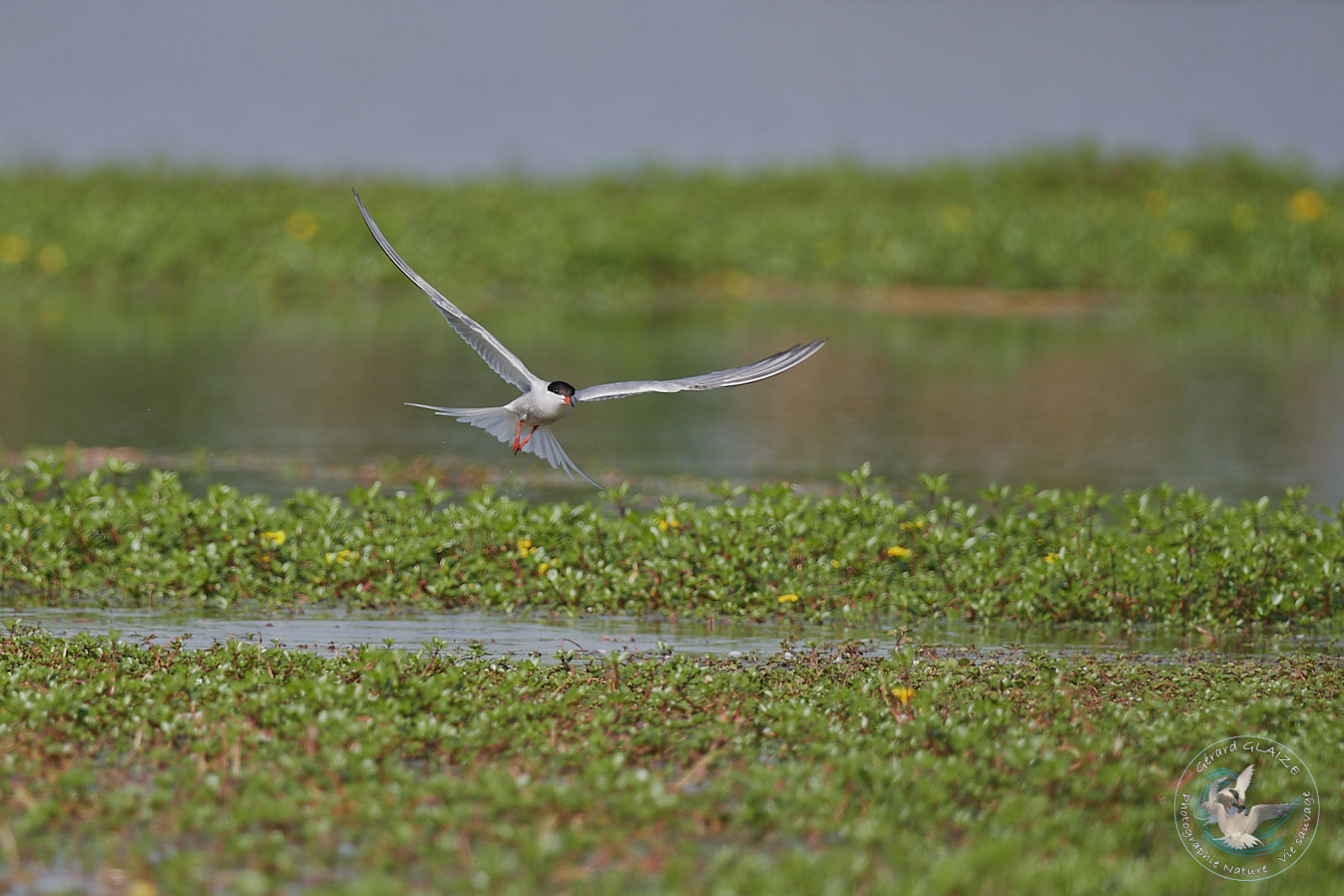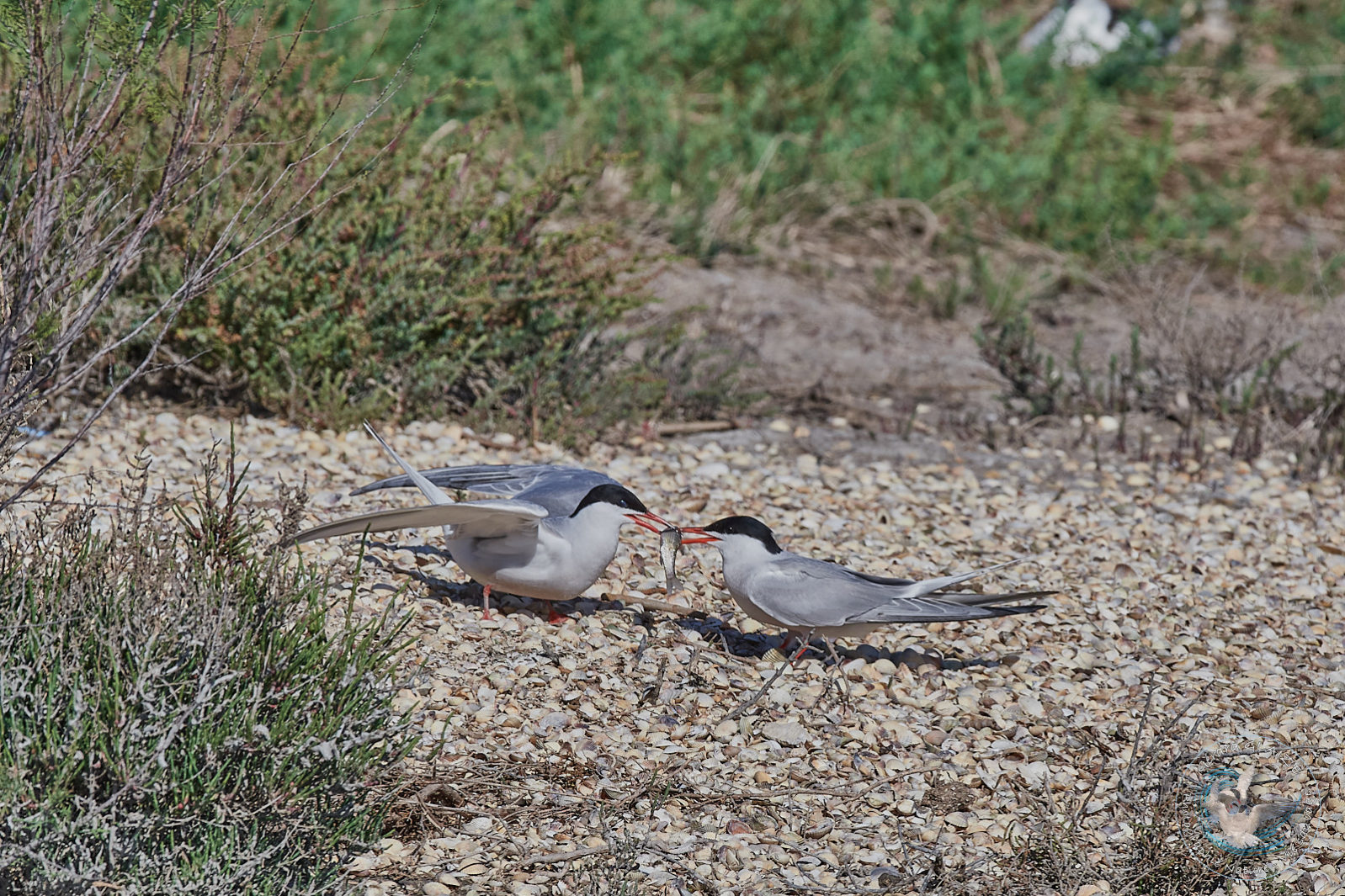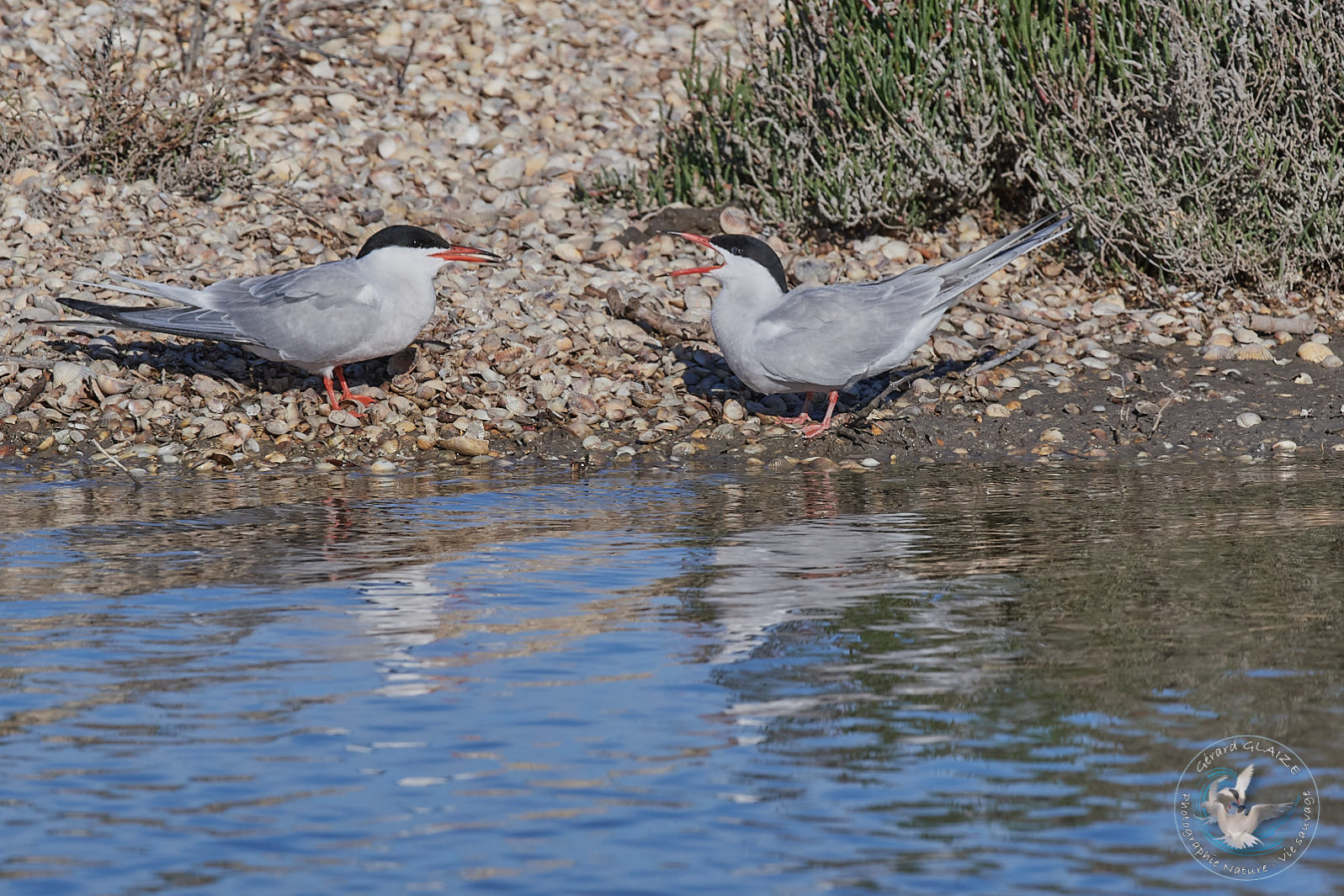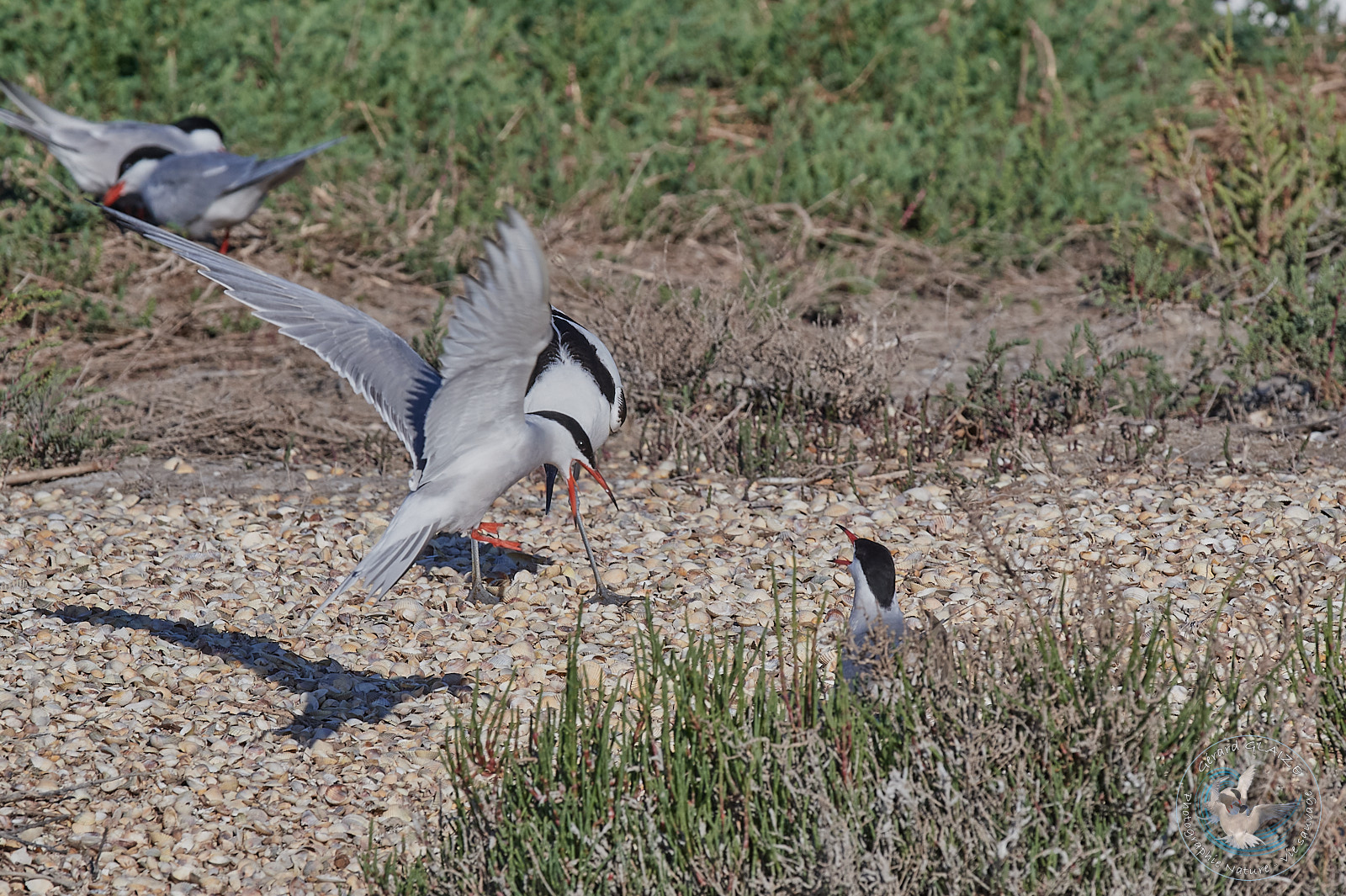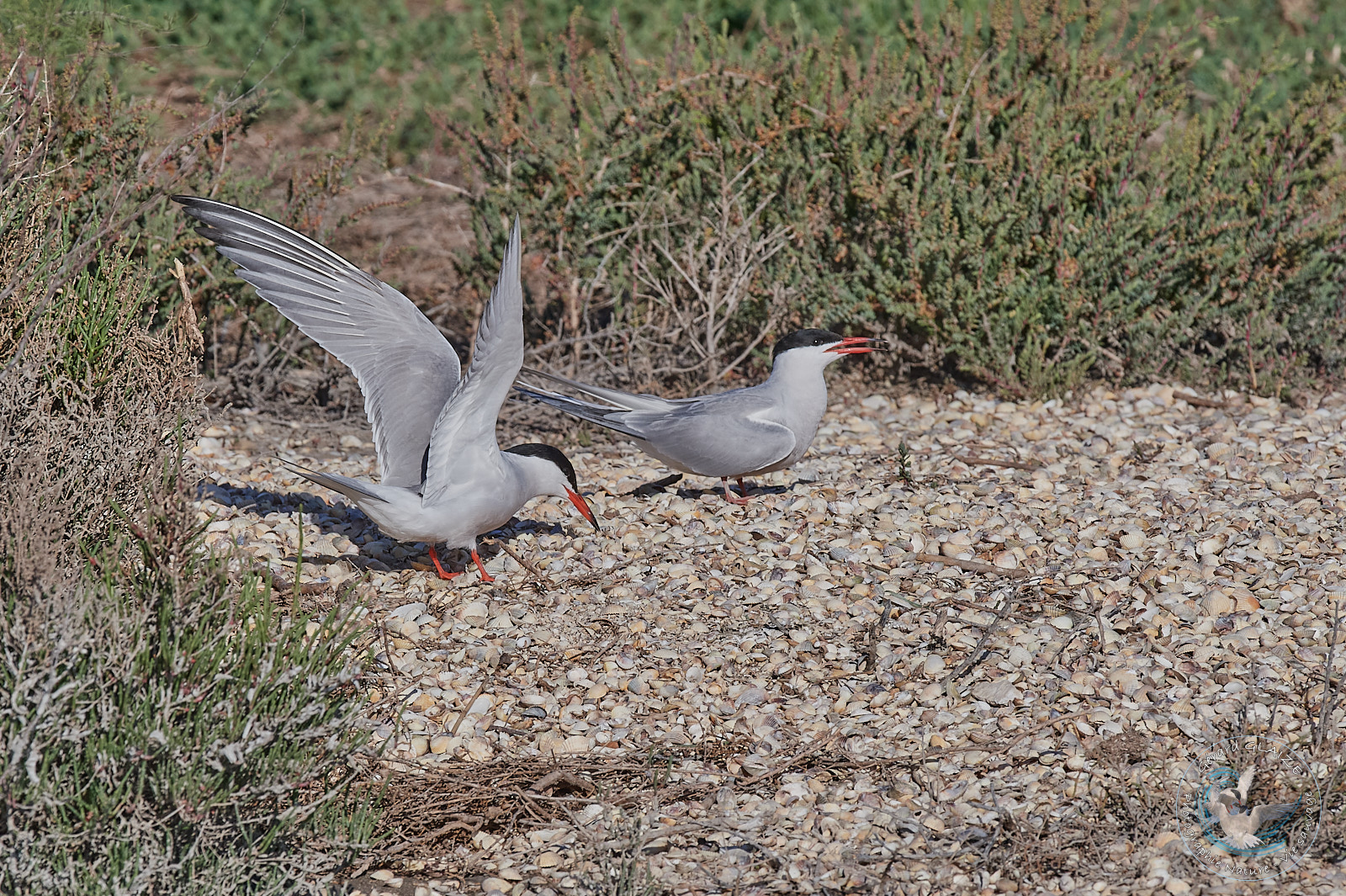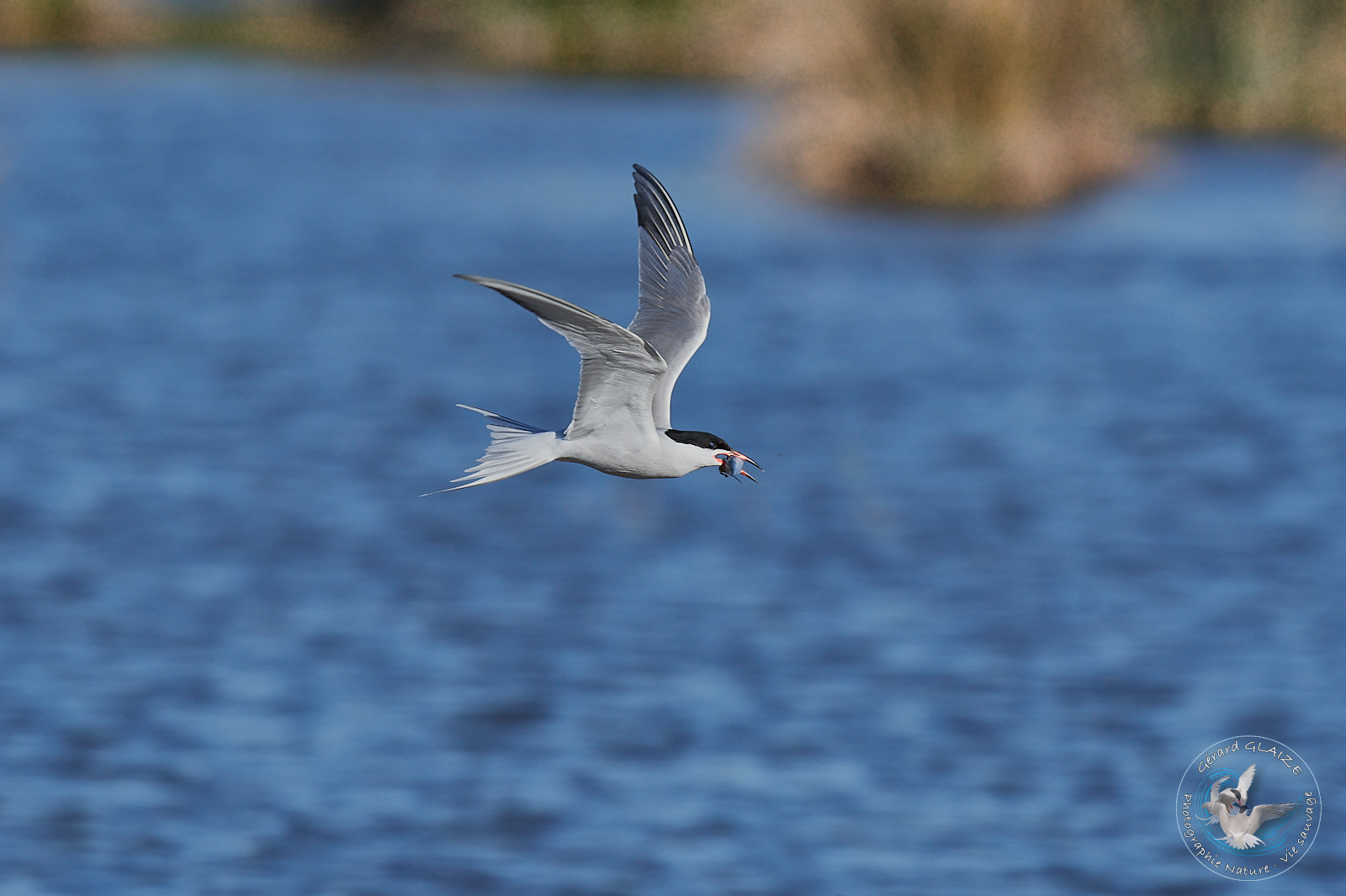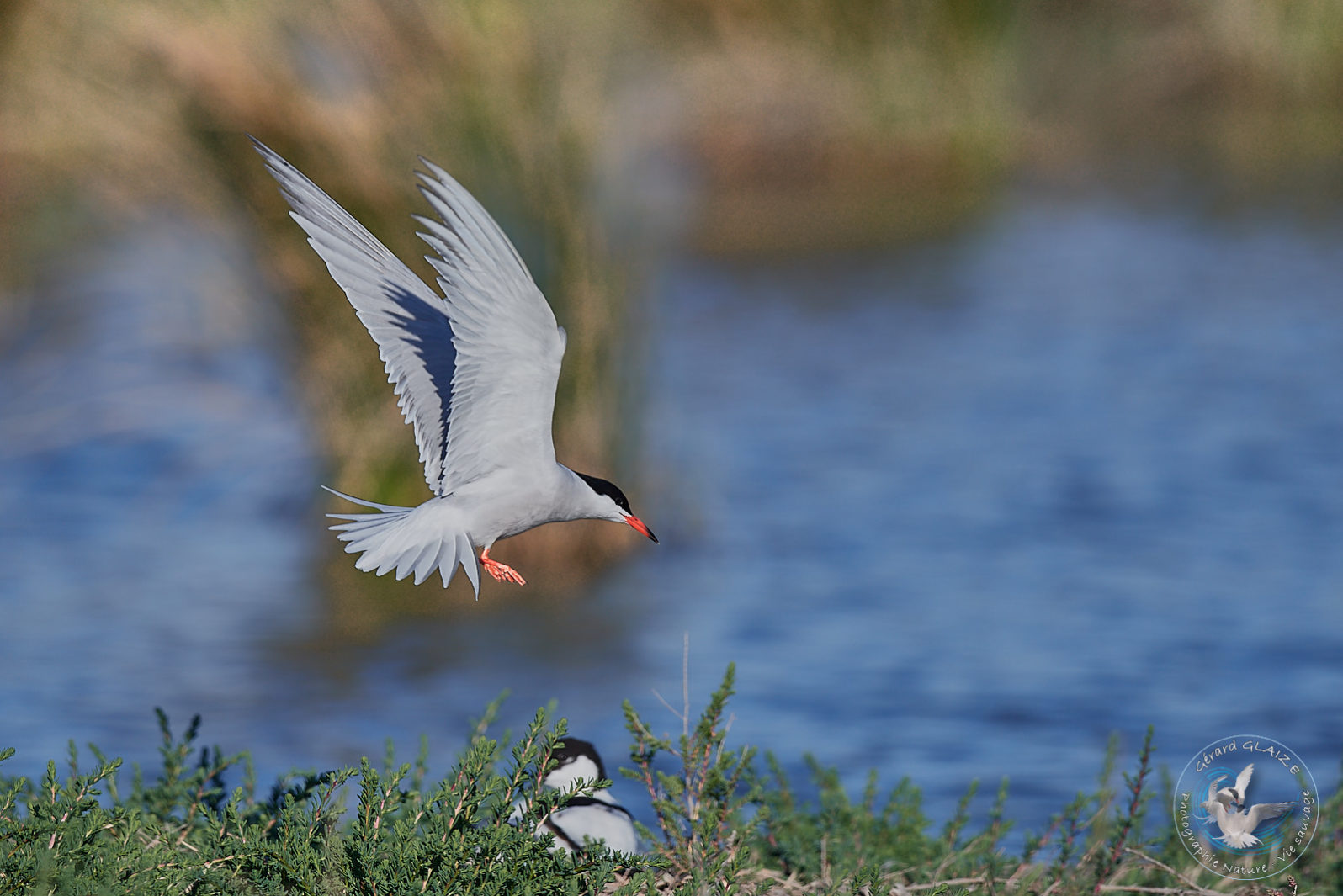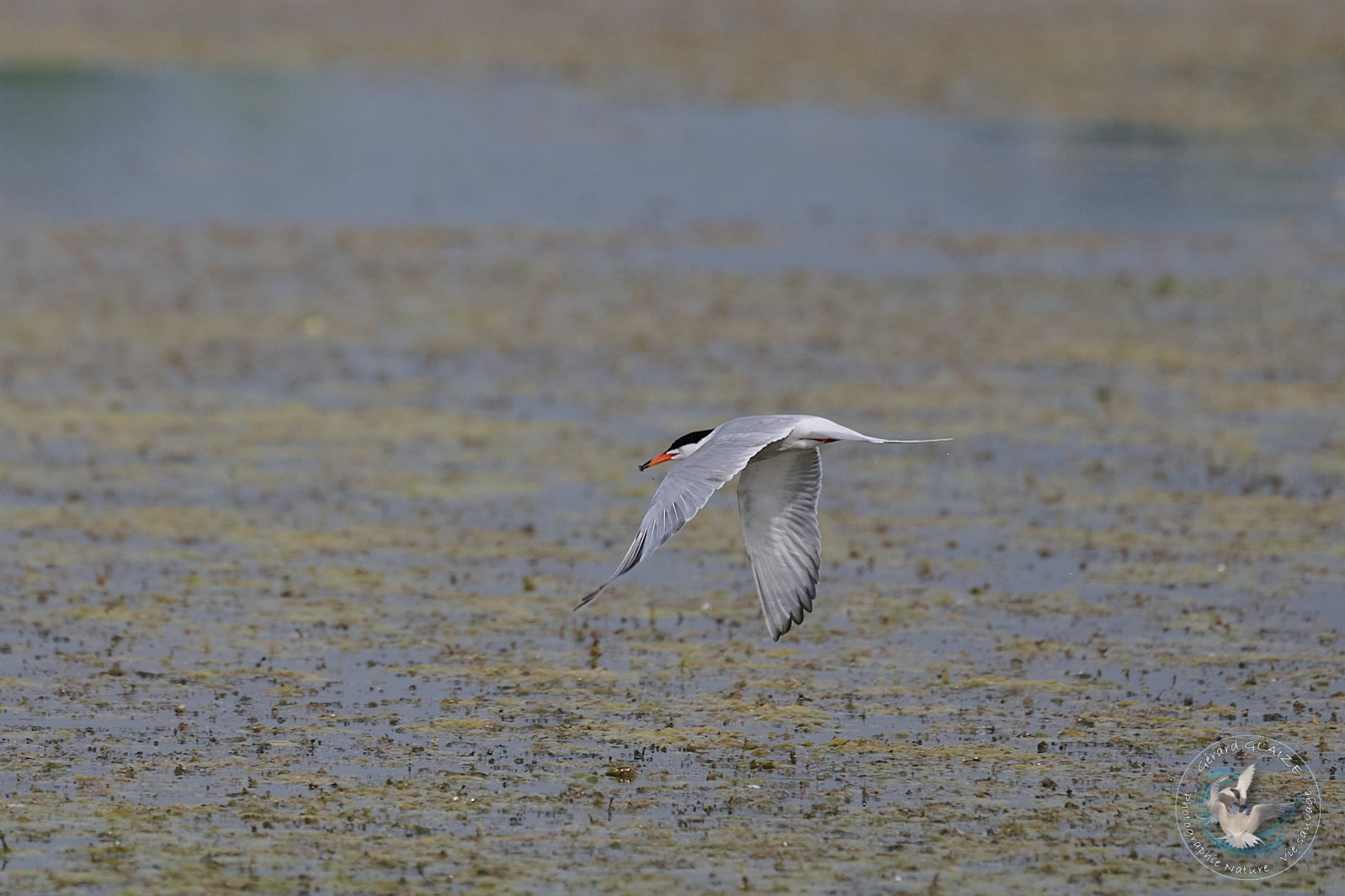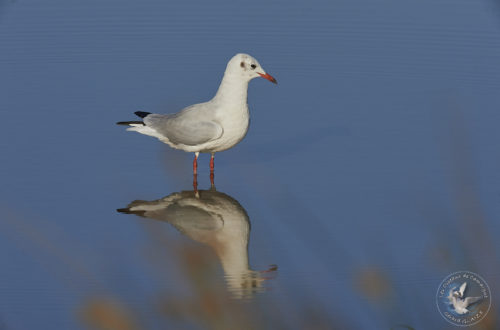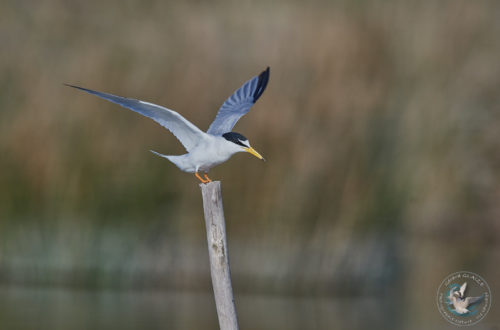Common Tern
It is a web-footed bird, of the order Charadriiformes and the family Laridae. The common tern has a grayish mantle on the back and upper part of the wings, while the cheeks, neck, nape, ventral part and notched tail are white. The top of the head is adorned with an entirely black cap up to the eyes extended by an erectile crest. Long, curved beak is orange-red with a black tip. Unlike other species that have black legs, those of the common tern are red. Male and female are identical. It is an aggressive species that fiercely defends its nest against predators and even humans who approach too closely.
Common Tern
Scientific name : Sterna hirundo
Family : Laridae
Length: from 31 cm to 35 cm – Wingspan: from 82 cm to 95 cm
Weight : from 100 gr to 150 gr
IUCN Conservation Status: LC
Flight
The common tern has long wings, so it has a fast, fluid and graceful flight. Its flight is reminiscent of that of the swallow, this characteristic has also earned it the common name of “sea swallow”.
Habitat
This bird inhabits both coastal areas and inland, in the most diverse habitats, inland it is linked to rivers and lakes. On the coast, it nests preferably on rocky islets, but also on beaches and at the edge of marshes.
Regime – Diet
The common tern eats small fish in particular, but also aquatic invertebrates. To feed, the common tern locates schools of fish and hovers above them for a few seconds, then dives spectacularly into the water to catch its prey. It may also occasionally feed on worms and molluscs.
Nesting
It nests in colonies or in isolated pairs. Courtship displays begin when the male brings a fish and offers it to the female, mating generally follows these offerings. The nest is established on the ground, the female lays 2 to 4 eggs. Incubation lasts between 22 and 26 days. The young remain in the nest for a little over three weeks. Then they fly away after 22 to 28 days after hatching, and remain in a family group for a few months. They reach sexual maturity around three years old.
In France, the common tern nests on the marine coast but also inland, particularly on the islets of large rivers and streams (the Loire and the Allier).
Migration
The common tern is a migratory species. It therefore moves south between the end of August and October. The return migration finally takes place in March/April, it is a summer visitor (from April to the end of August). During its migrations, the common tern frequents both coastal areas and inland areas, in the most diverse habitats.
Protection
The common tern has enjoyed total protection on French territory since the ministerial decree of 17 April 1981 relating to birds protected throughout the territory. It is therefore listed in Annex I of the European Union Birds Directive. It is therefore prohibited to destroy, mutilate, capture or remove it, to intentionally disturb or naturalise it, as well as to destroy or remove its eggs and nests, and to destroy, alter or degrade its environment.
Cry
The common tern makes high-pitched “keey-yah” or “kye-kye-kye-kye…” squeaks and a distinctive “kirri-kirri-kirri.” The alarm call is a high-pitched “kreeeah” or “kreeerr.”


